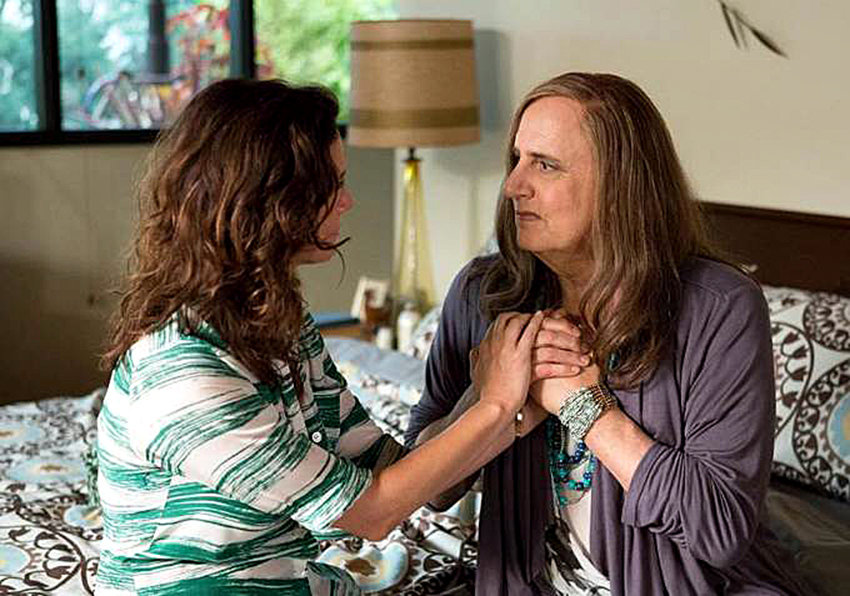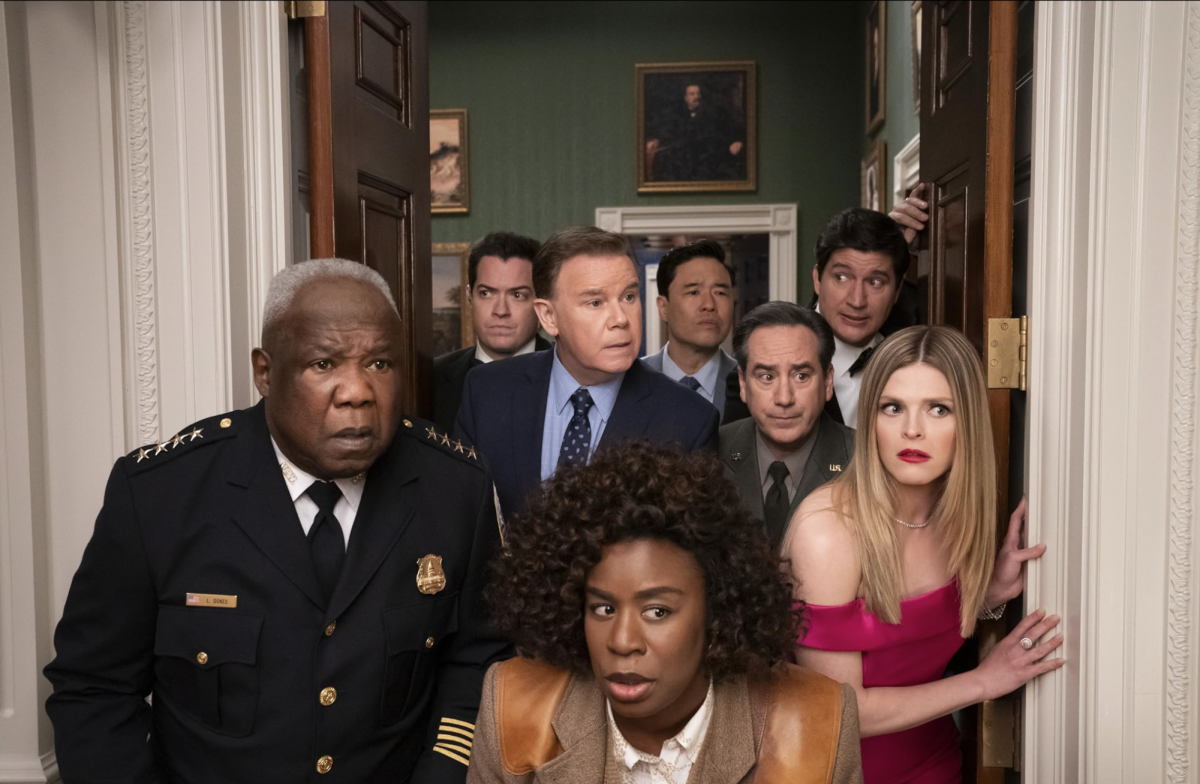Television networks have recently been disrupted by the emergence of streaming services such as Netflix, Hulu and Amazon. Offering convenience in addition to exclusive content, streaming services have transformed the modern television landscape.
Mary Beltran, associate professor of media studies, said streaming services have gained an edge in recent years.
“Streaming is more daring, independent and youth-oriented and wanting to do new kinds of stories, [while] networks traditionally have more involvement in the creative process of the shows,” Beltran said.
Shows such as “Master of None” and “Transparent” exemplify such heightened creativity by pushing the envelope in terms of both storytelling and casting. Aziz Ansari’s “Master of None” seems to have struck the right balance between familiar and new. The show displays its desire to tell a new story by casting an Indian-American as the lead, deviating from the heavily stereotyped way that South Asians have been depicted in various shows and films. Despite the notion that an Indian-American lead may only cater to a niche market, the show remains accessible to a wide audience by exploring themes of dating, family and career decisions that most people in their 20s can relate to.
“Transparent” is another example of the freedom streaming services give writers and producers. “Transparent” creator Jill Soloway has said Amazon provided her with an opportunity that television networks could not have matched.
“I feel like I had more creative freedom than I’ve ever had in my life,” Soloway said in an interview with Forbes. “I’m really nervous someone is going to find out and take it away. It was revelatory.”
Revolving around a family that learns their father identifies as a woman, “Transparent” brings the topic of transgender tolerance to the forefront of the show. In a year in which transgender Olympic gold medalist Caitlyn Jenner was the runner-up for Time Person of The Year, the show relates to prominent social issues. This validates the forward-thinking nature of streaming content, as it continues to push the boundaries further than television networks seem to have been willing to go.
The audience’s demographic plays a major role in the success of streaming versus television networks. Beltran said younger and more open-minded audiences prefer streaming, and certain cable networks have picked up on it. Networks such as USA and FX are leading the network push, while the Big 4 (FOX, ABC, NBC and CBS) seem to lag behind.
“While the Big 4 networks sometimes don’t want to change too much based on their viewership and network executives, certainly some of the cable networks are interested in being more cinematic and complicated in the stories they tell,” Beltran said.
Television networks are adapting to become more thoughtful and innovative and are being rewarded for doing so. The new USA show “Mr. Robot” best exemplifies this move toward more intricate story lines. The show took home Best Drama at the Golden Globes, a first for the USA Network. Starring Egyptian-American lead Rami Malek, the show tells the story of a vigilante hacker recruited by an anarchist to target the heads of greedy corporations. By casting a non-white lead and exploring relevant political topics such as corporate greed and influence, “Mr. Robot” signals that television networks are borrowing the traits that have led to widespread success for streaming content.
Though the Big 4 have been slower to adapt, Beltran said broadcast network shows are making positive strides in casting and content.
“Empire, and Scandal and the Shonda Rhimes shows definitely are showing that we have seen a positive upswing in people of color in lead roles,” Beltran said.





















